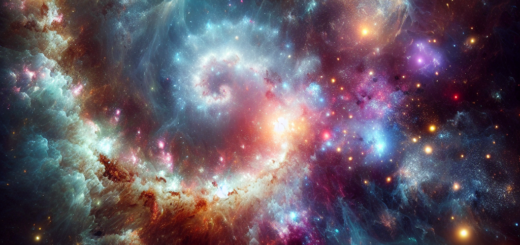From Hot Jupiters to Super-Earths: The Surprising Variety of Alien Worlds
As astronomers continue to discover more and more exoplanets beyond our solar system, it has become increasingly evident that the universe is home to a wide array of alien worlds that defy our expectations and challenge our understanding of planetary formation. From hot Jupiters to super-Earths, these exoplanets come in all shapes and sizes, and each one offers a unique glimpse into the diversity of planetary systems in the cosmos.
One of the most surprising discoveries in recent years has been the existence of hot Jupiters – gas giants that orbit very close to their parent stars, with orbital periods of just a few days. These planets were initially thought to be rare, as they were not found in our own solar system, but they have since been detected around many other stars. The presence of these hot Jupiters has raised questions about how they form and how they migrate so close to their stars. Some astronomers believe that these planets may have formed further out in the planetary system and then migrated inward due to interactions with other planets or the protoplanetary disk.
On the other end of the spectrum are super-Earths – rocky planets that are larger than Earth but smaller than Neptune. These planets are particularly interesting because they represent a new class of exoplanets that are not found in our own solar system. Super-Earths can have a wide range of compositions, from rocky to icy to even water worlds, and their diversity has challenged our understanding of planetary formation and evolution. Some super-Earths are located within the habitable zone of their parent stars, where conditions may be suitable for liquid water to exist on the surface, making them potential candidates for hosting life.
In addition to hot Jupiters and super-Earths, astronomers have also discovered many other types of exoplanets, including mini-Neptunes, gas dwarfs, and even rogue planets that wander through interstellar space without a parent star. Each of these alien worlds offers a unique puzzle for astronomers to solve, as they seek to understand how these planets formed, evolved, and ended up in their current orbits.
One of the most exciting developments in exoplanet research is the discovery of potentially habitable worlds – planets that are located within the habitable zone of their parent stars, where conditions may be suitable for liquid water to exist on the surface. While most of these planets are currently beyond our ability to study in detail, future missions such as the James Webb Space Telescope and the upcoming generation of ground-based telescopes may provide new insights into the atmospheres and surface conditions of these distant worlds.
In conclusion, the variety of alien worlds that have been discovered in recent years is truly astonishing, and each new discovery adds to our understanding of the diversity of planetary systems in the universe. From hot Jupiters to super-Earths, these exoplanets challenge our assumptions and force us to rethink our ideas about how planets form and evolve. As technology continues to improve and new missions are launched, we can expect even more surprises in the years to come, as we continue to explore the vast unknown of the cosmos.













